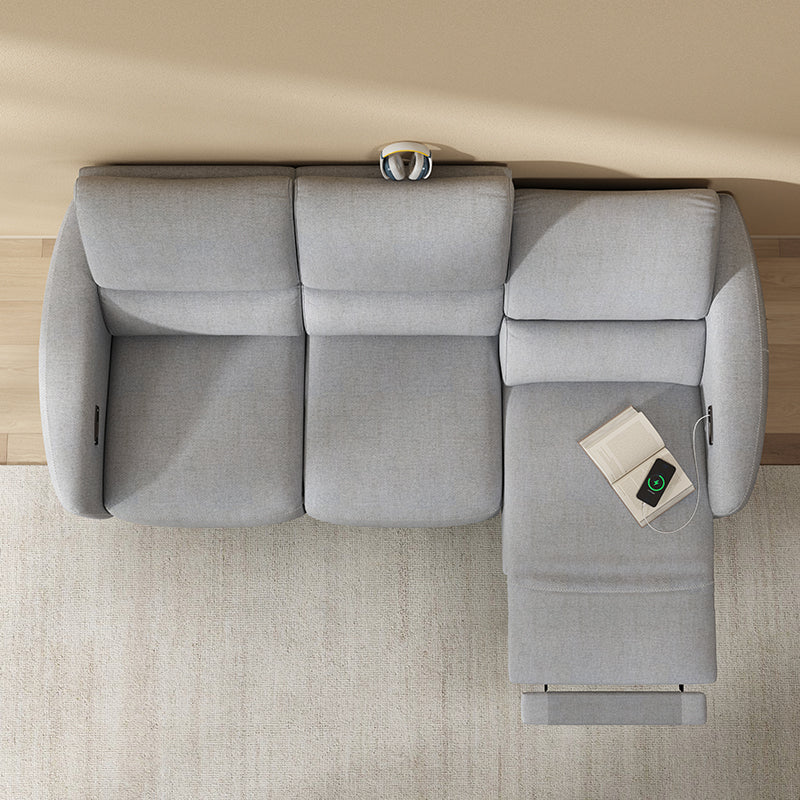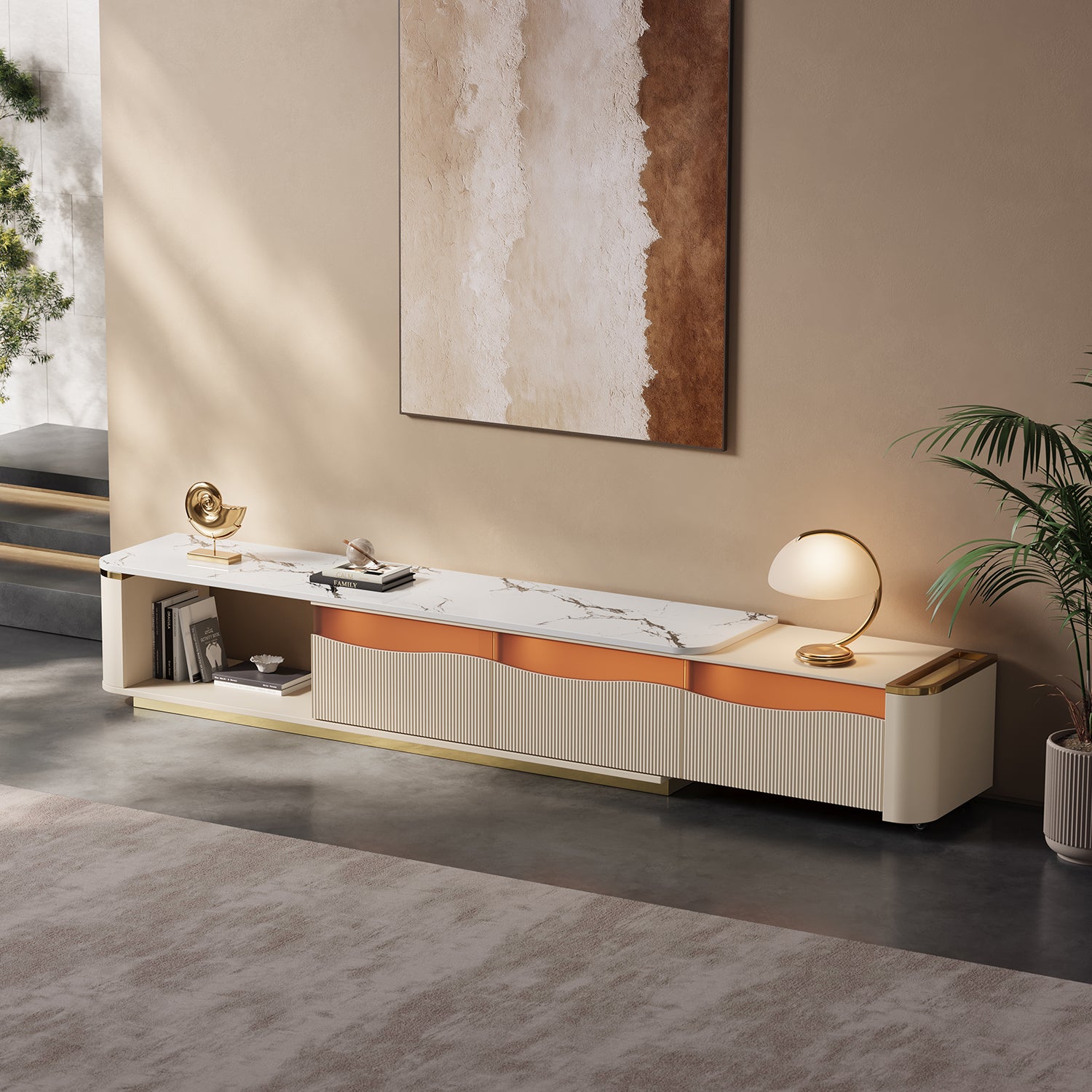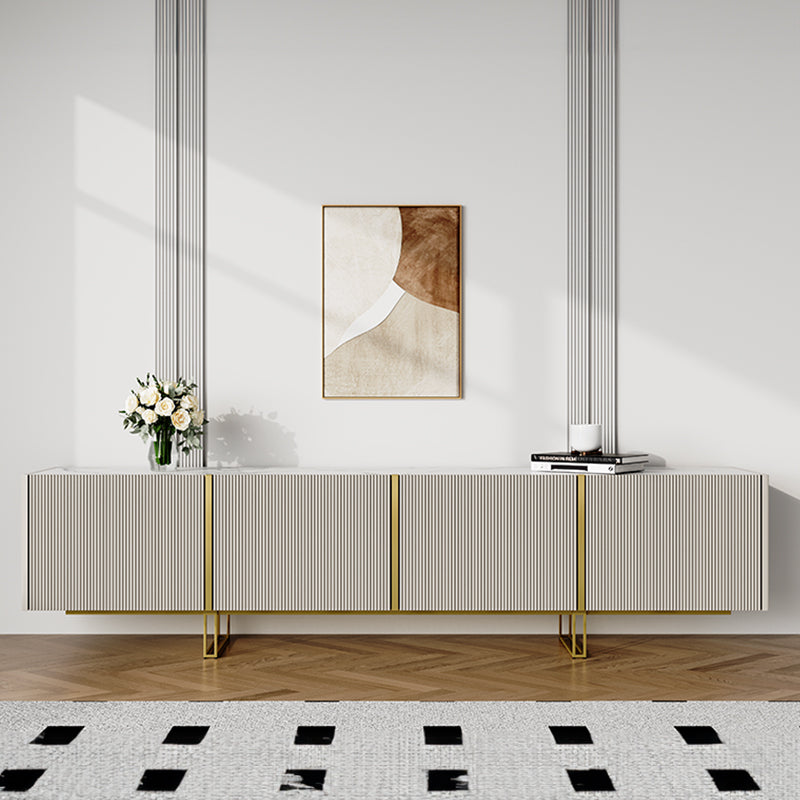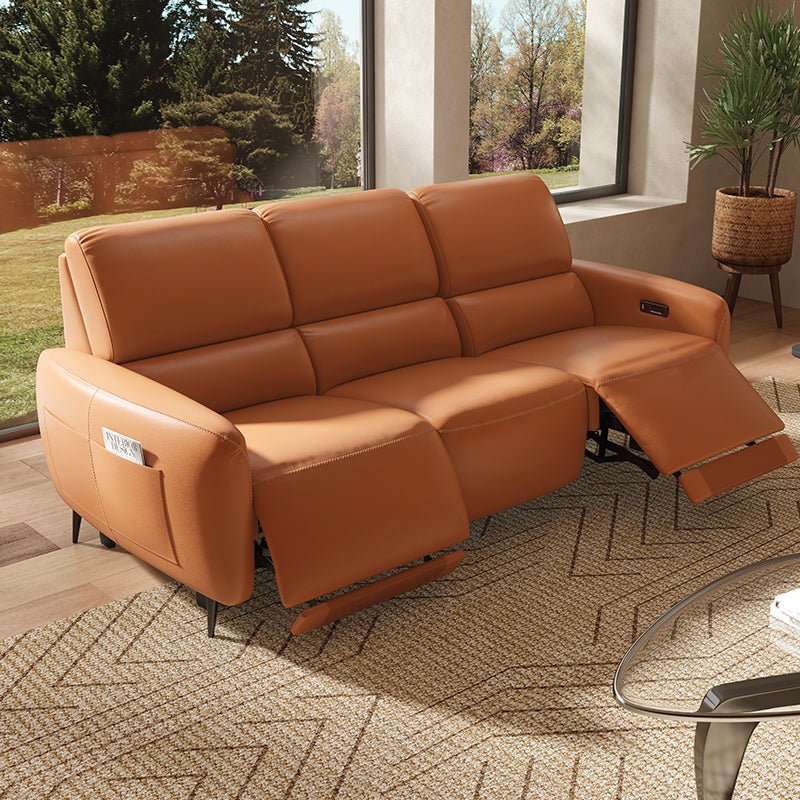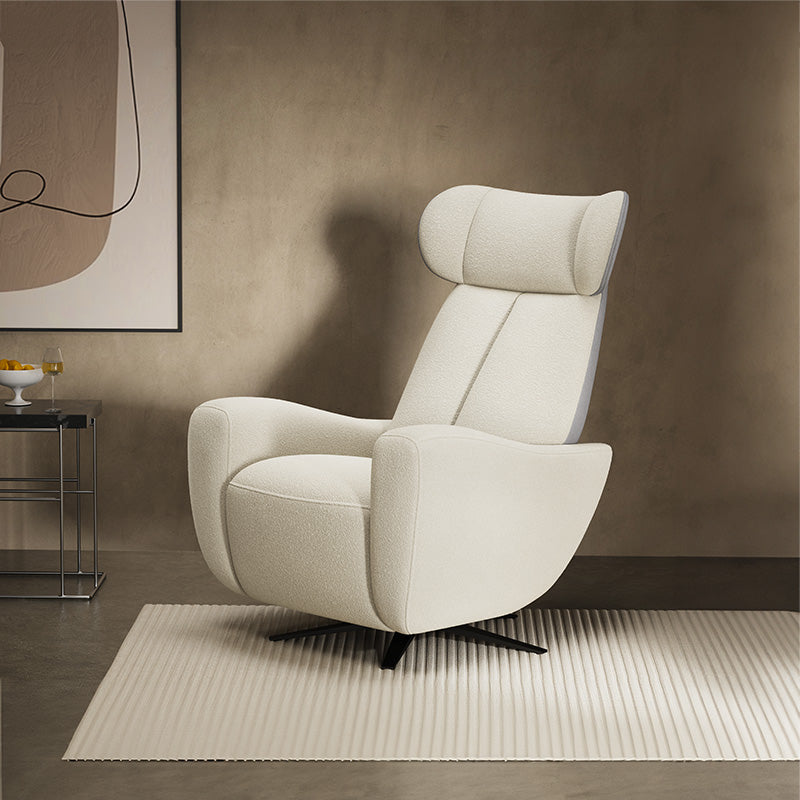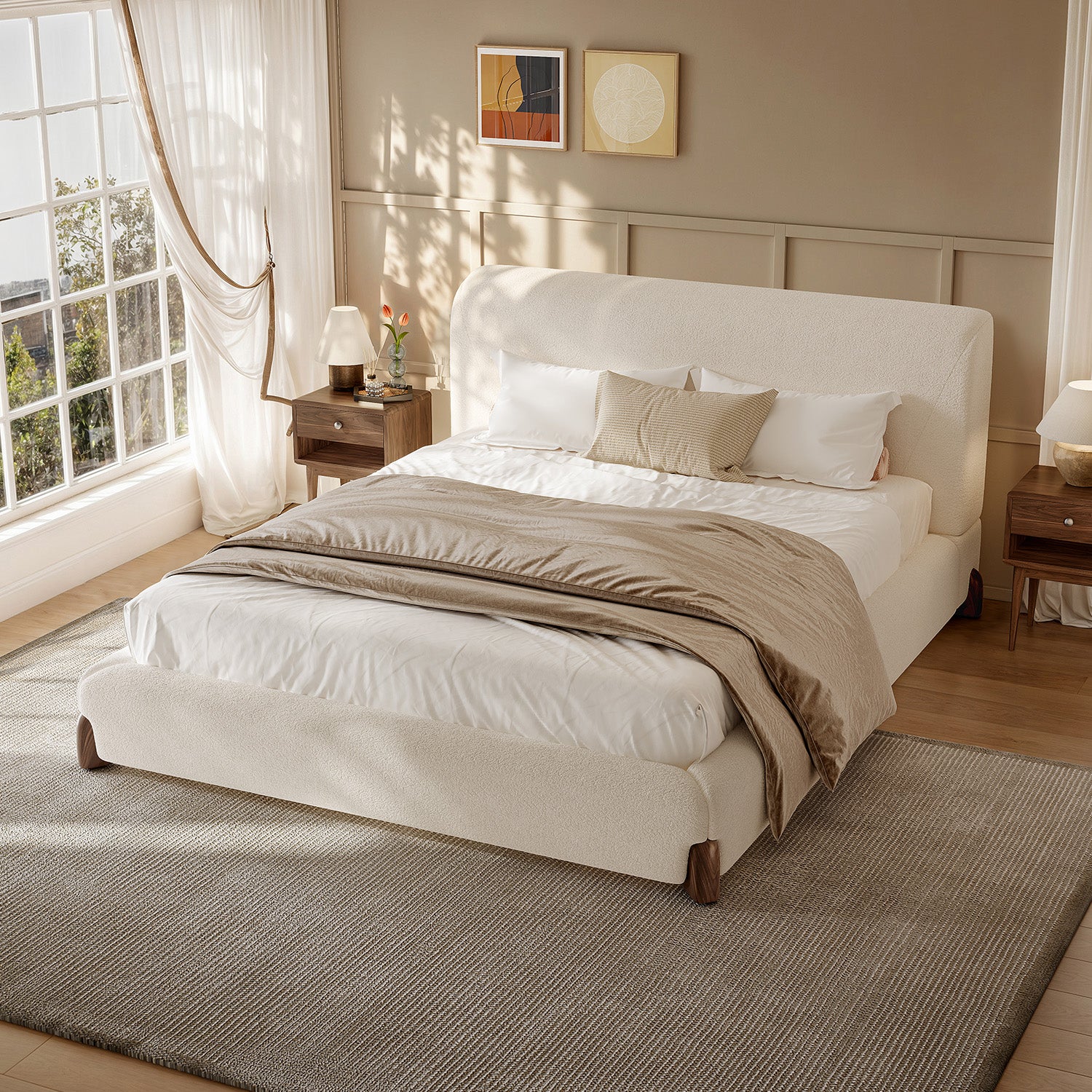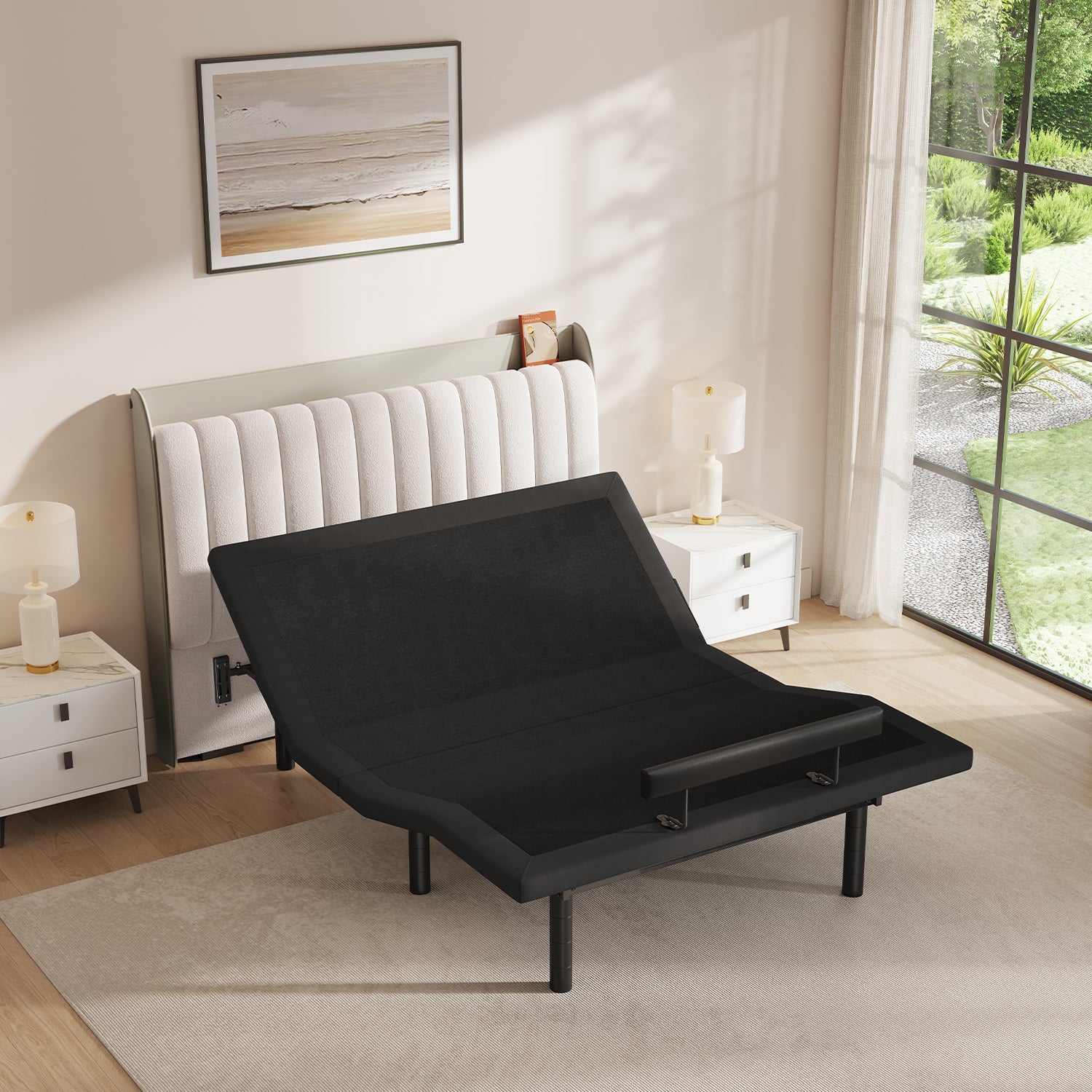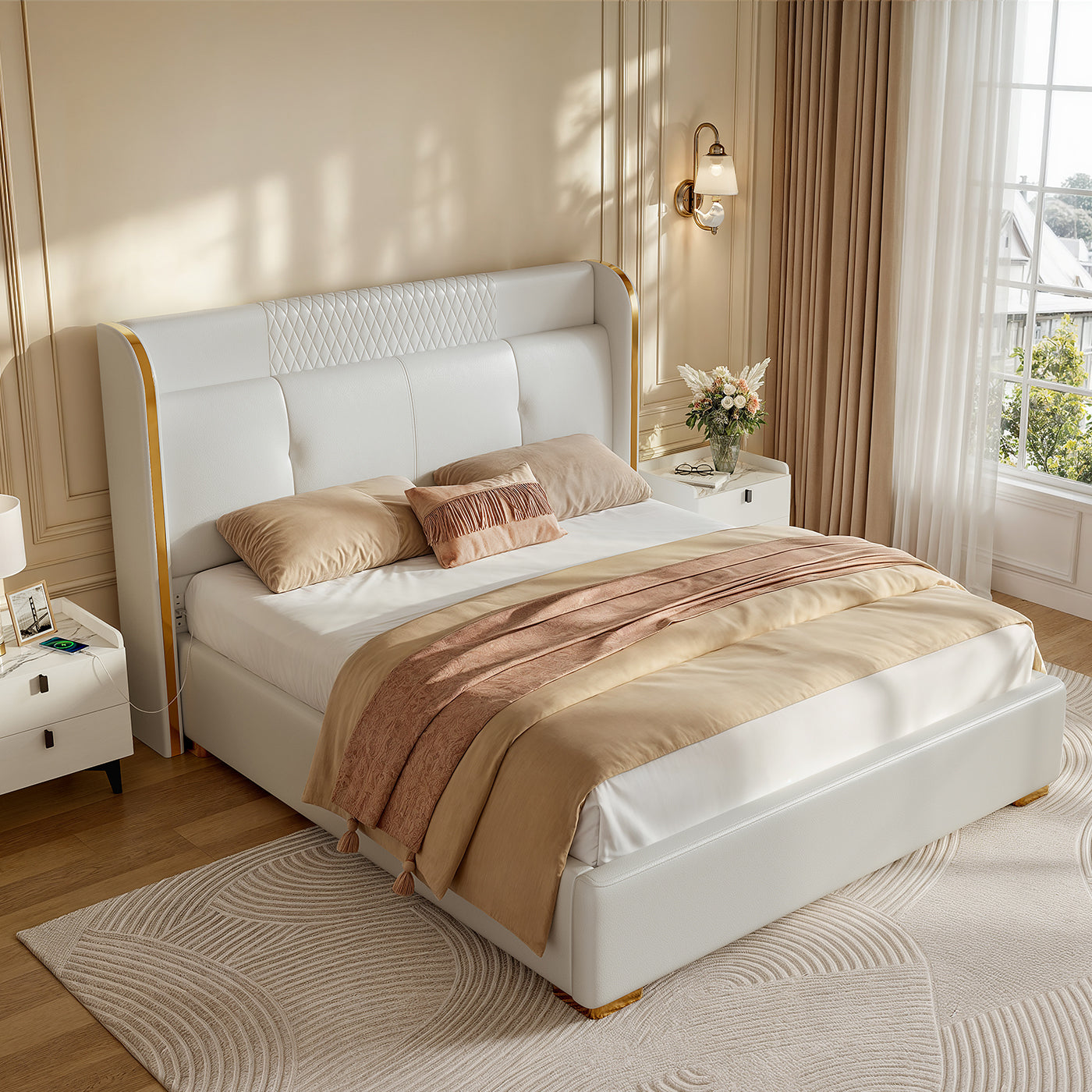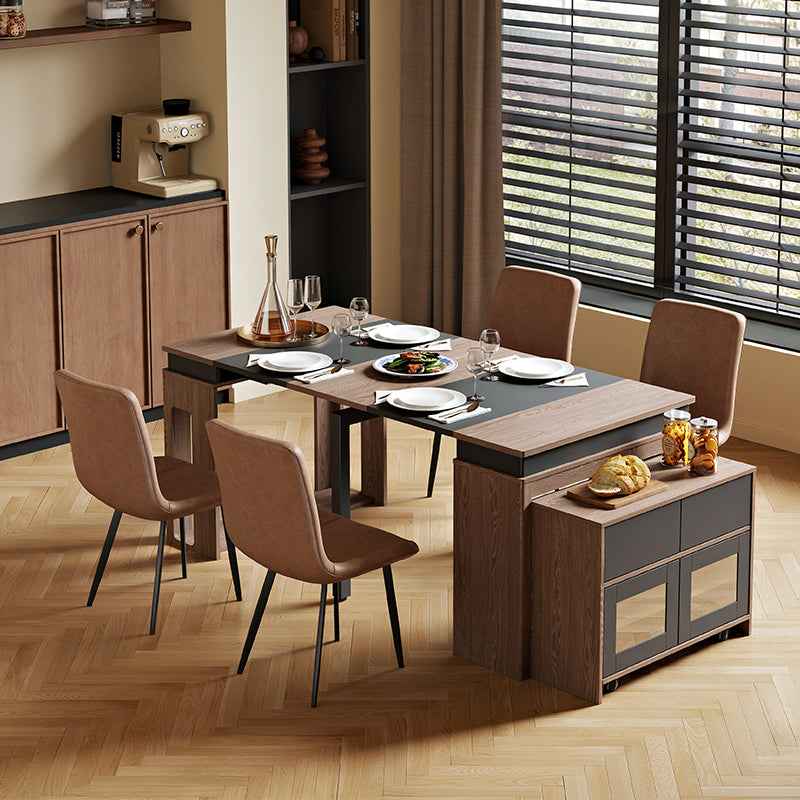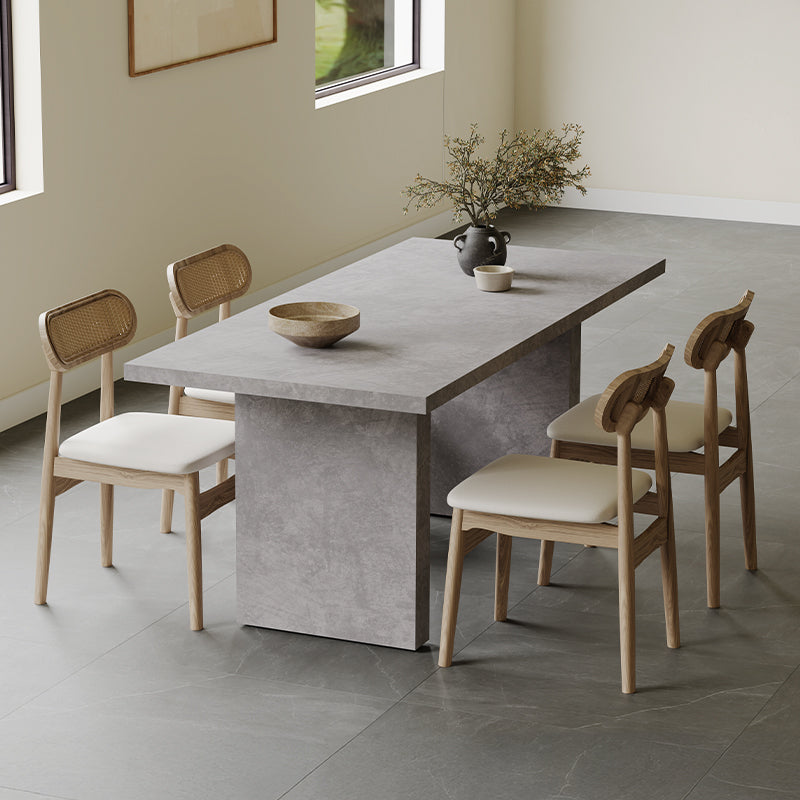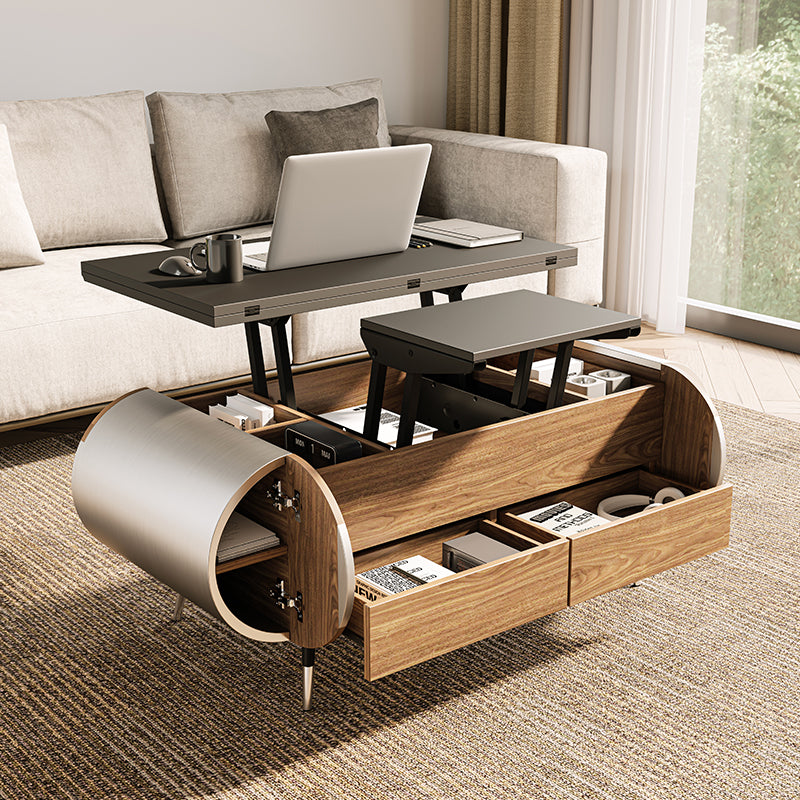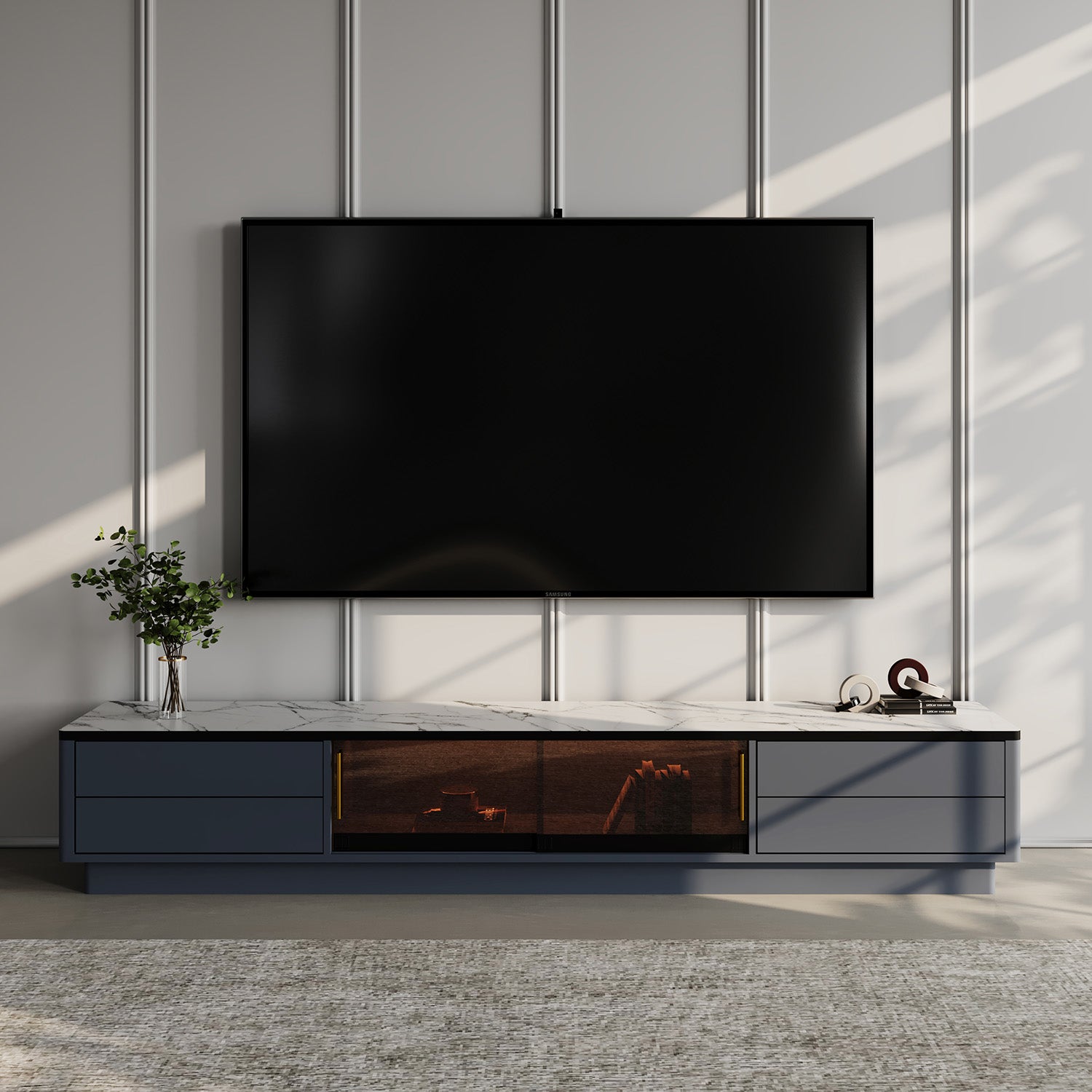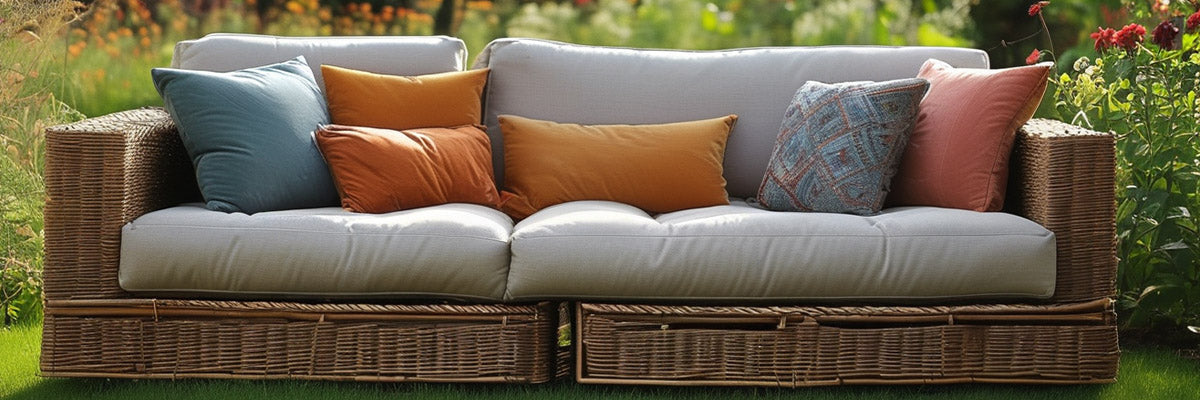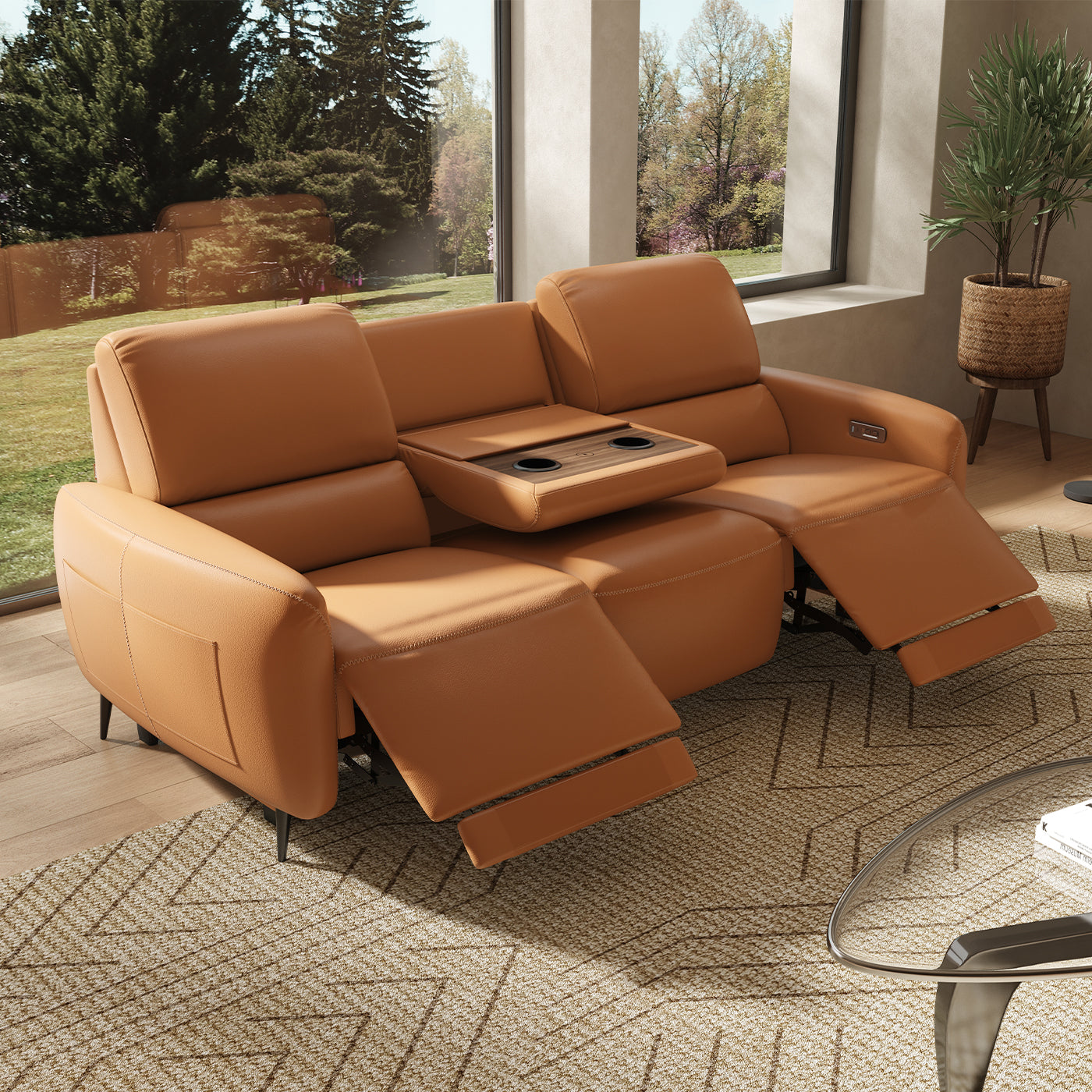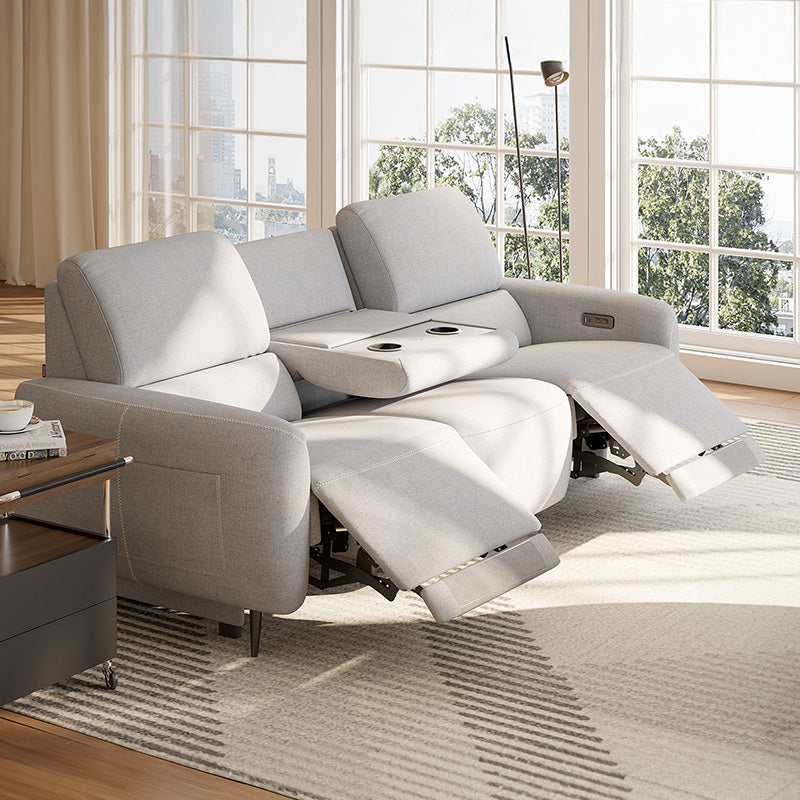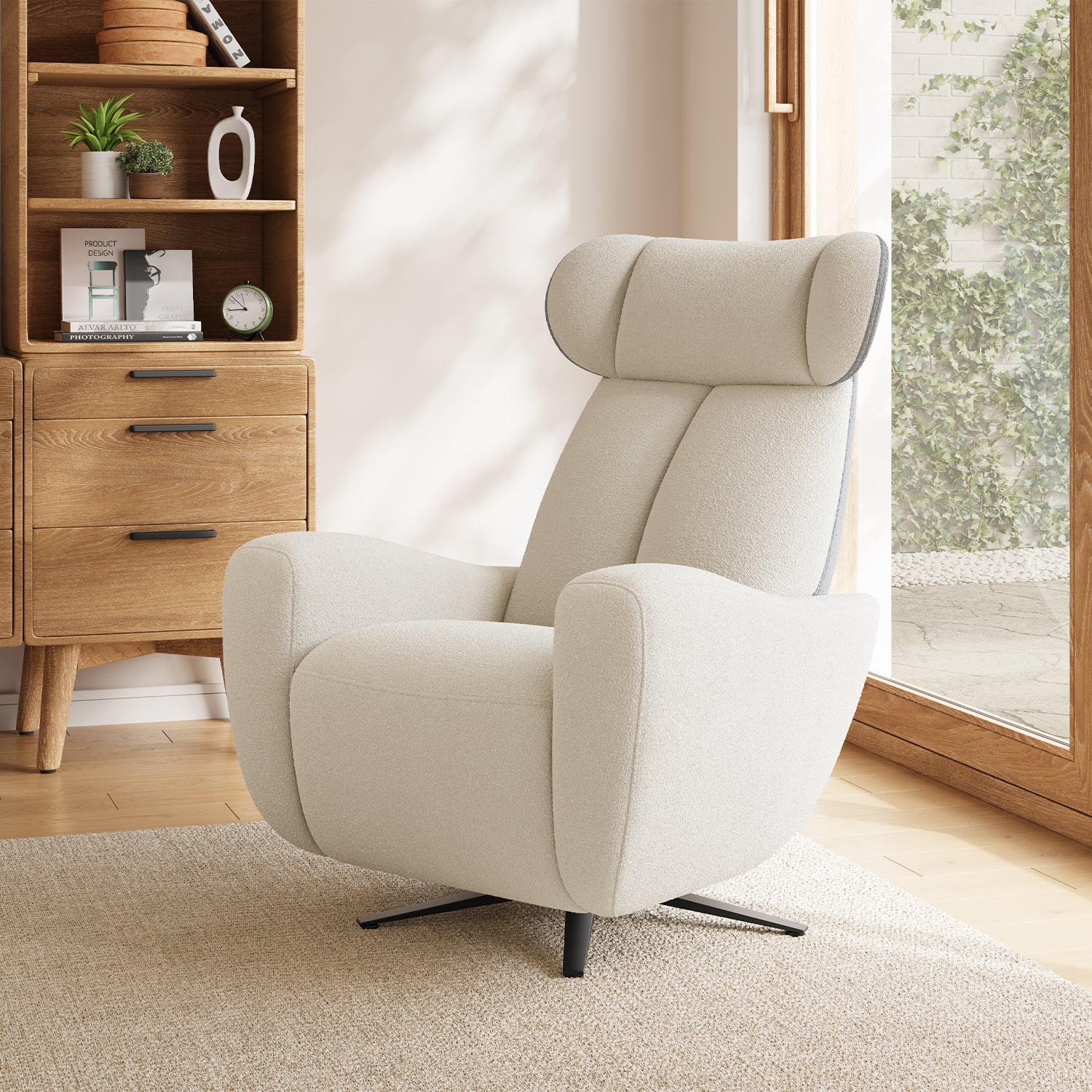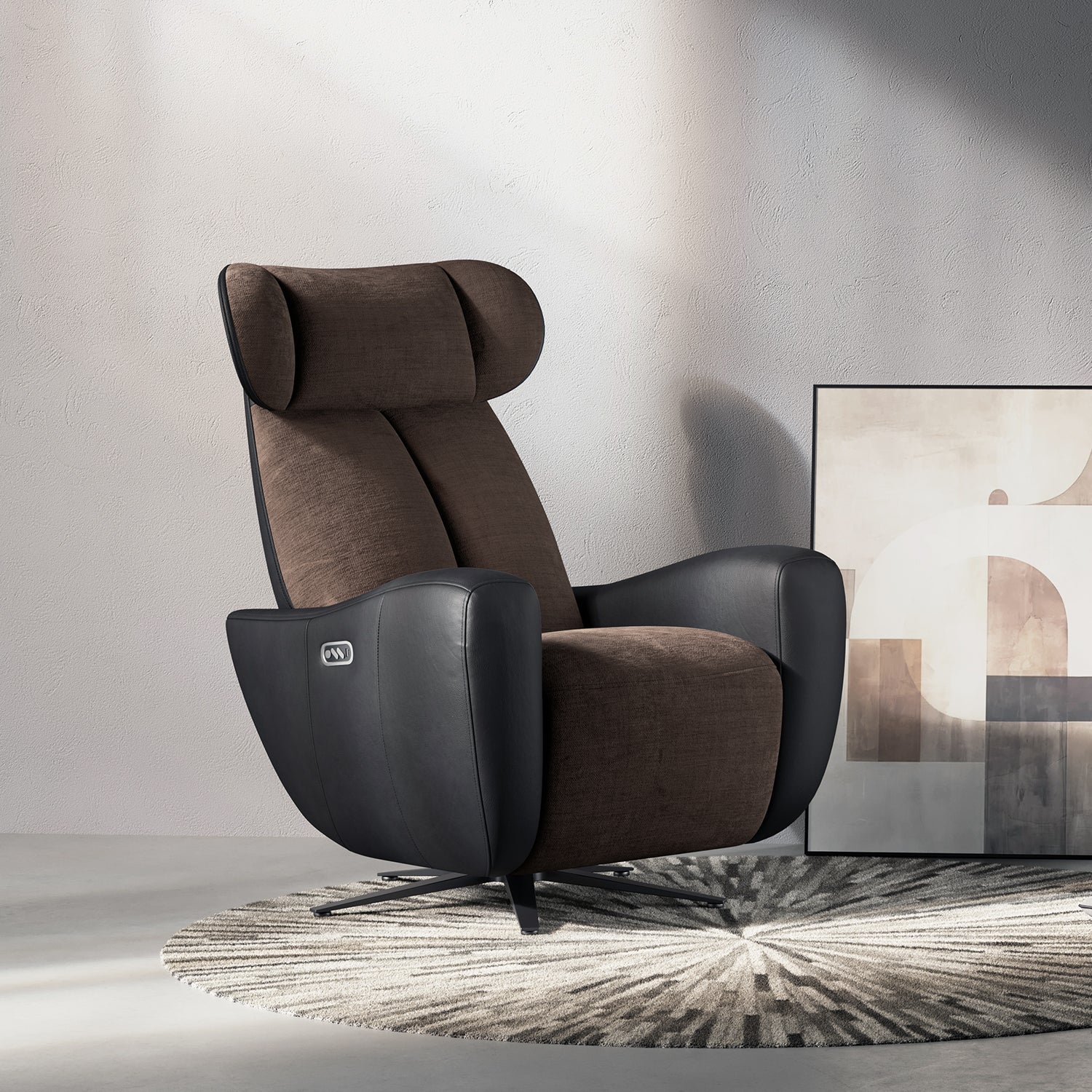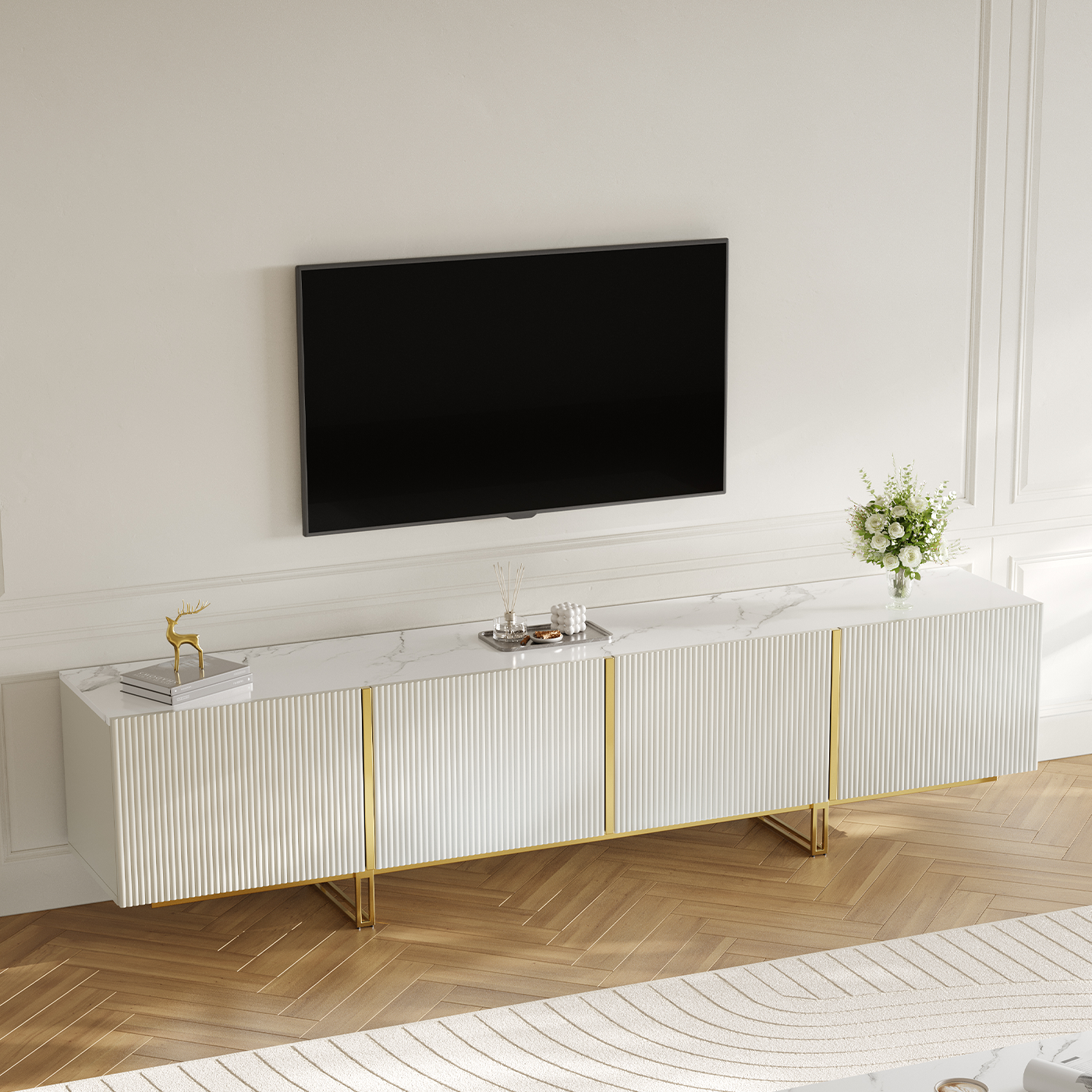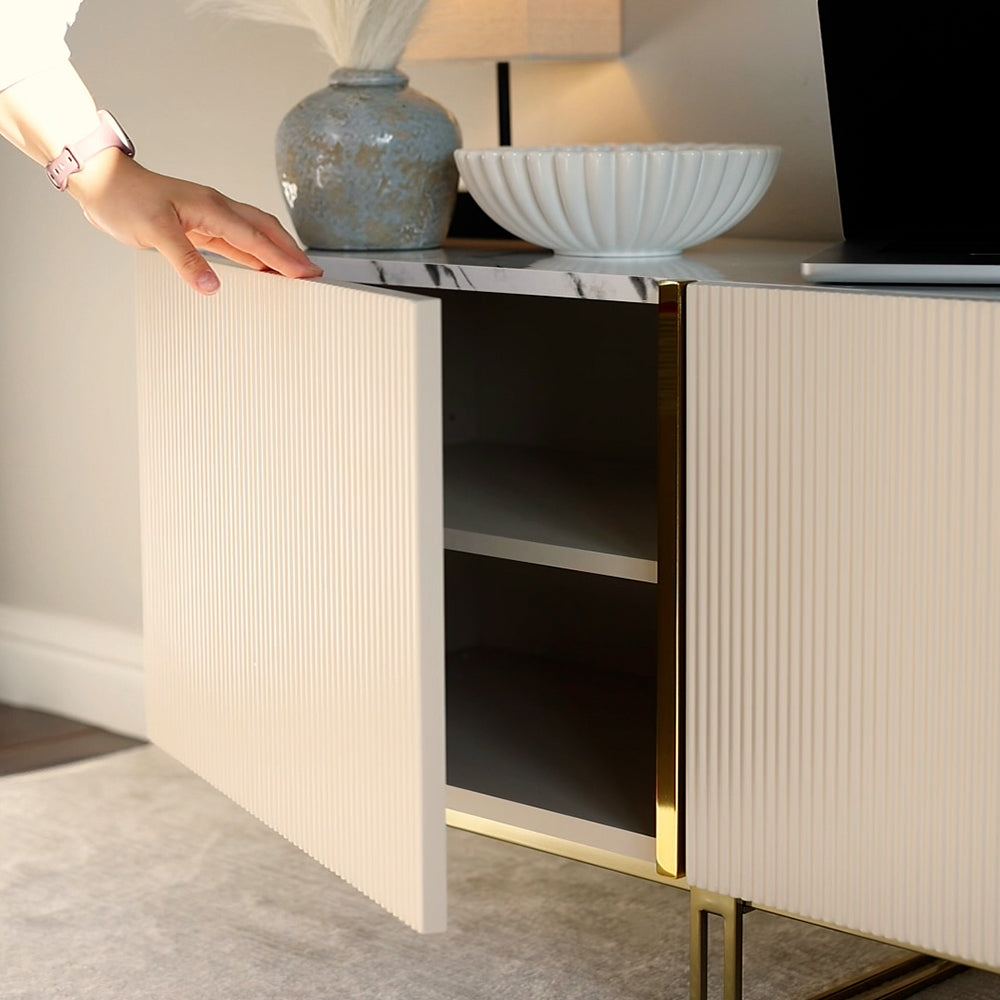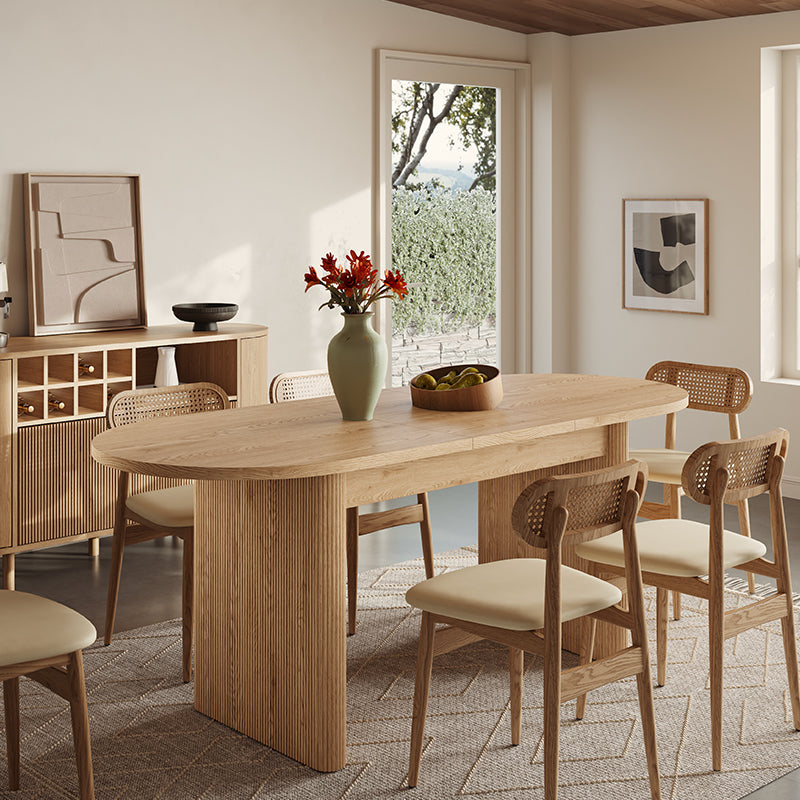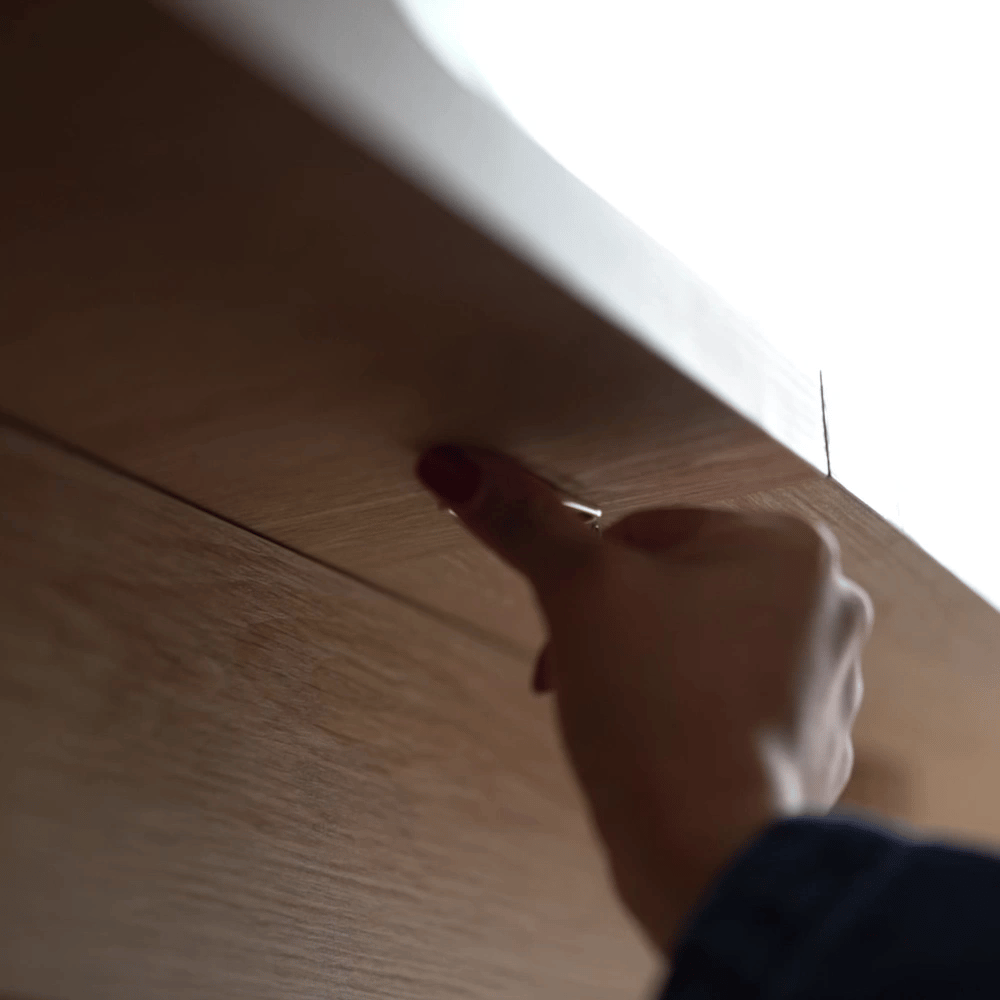A pallet sofa is a creative and eco-friendly way to furnish your garden. Not only is it budget-friendly, but it also gives you the chance to customize your furniture to suit your space and style. Pallet sofas are durable, rustic, and versatile, making them perfect for outdoor settings. Here’s a comprehensive guide to help you craft your very own pallet sofa for the garden.
Table of Content
Why Choose a Pallet Sofa for Your Garden?

- Sustainability: Pallets are often discarded after use, so repurposing them reduces waste.
- Affordability: Compared to store-bought outdoor furniture, pallets are inexpensive or even free.
- Customizability: You can adjust the size, shape, and design to fit your garden perfectly.
- Durability: Pallets, typically made of sturdy wood, can withstand outdoor conditions when treated properly.
What You’ll Need
Before starting your project, gather the following materials and tools:
Materials
- 4-8 wooden pallets (depending on the size of your sofa).
- Sandpaper or a power sander.
- Wood screws or nails.
- Outdoor wood paint, stain, or sealant.
- Cushions or foam for seating.
- Weather-resistant fabric for cushions.
- Brackets or L-plates (optional for added stability).
Tools
- Hammer or drill.
- Saw (if adjustments are needed).
- Paintbrush or roller.
- Measuring tape.
- Gloves and safety goggles.
Step 1: Choose and Prepare the Pallets
Finding Pallets
Pallets can often be found at construction sites, warehouses, or grocery stores. Ensure the pallets are in good condition, free of cracks, rot, or nails sticking out.
Cleaning
Clean the pallets thoroughly to remove dirt, grease, or debris. A mix of soap and water works well for this. Let them dry completely before proceeding.
Sanding
Sand the pallets to smooth out rough edges and splinters. This step is crucial for safety and to ensure a polished finish. Use coarse sandpaper for the initial sanding and fine-grit sandpaper for a smoother finish.
Step 2: Design Your Sofa
Choose a Layout
Decide on the shape and size of your sofa based on your garden space. Popular layouts include:
- Straight Sofa: A simple row of pallets for a traditional sofa.
- L-Shaped Sofa: Great for corner spaces and larger gatherings.
- Modular Sofa: Separate sections that can be rearranged as needed.
Stacking the Pallets
- For the seating base, stack two pallets on top of each other to achieve a comfortable height.
- Use a single pallet as the backrest for support. If you want a higher backrest, attach a second pallet vertically.
Step 3: Assemble the Sofa
Securing the Base
- Align the pallets for the seating base.
- Attach the pallets using screws or nails to prevent shifting.
- Reinforce the structure with brackets or L-plates if needed.
Adding the Backrest
- Position a pallet vertically at the back of the base.
- Secure it using screws or brackets for stability.
- Adjust the angle of the backrest to your preference by propping it slightly forward or backward.
Optional Arms
To add armrests, cut pallet pieces to size and attach them to the sides of the sofa.
Step 4: Treat and Paint the Wood

Sealing the Wood
Apply a wood sealant to protect the pallets from moisture and outdoor elements. This step is essential to extend the lifespan of your sofa.
Painting or Staining
- Use outdoor wood paint or stain to enhance the appearance of the pallets.
- Opt for colors that complement your garden’s aesthetic, such as earthy tones or bold, vibrant shades.
- Allow the paint or stain to dry completely before proceeding.
Step 5: Add Cushions and Fabric
Comfort is key when it comes to a sofa. Add cushions or foam padding to create a cozy seating area.
Choosing Cushions
- Measure the dimensions of your pallet sofa and purchase cushions or foam accordingly.
- Opt for high-density foam for durability and comfort.
Covering the Cushions
- Use weather-resistant fabric to protect the cushions from rain and sun.
- Choose patterns or colors that enhance the look of your garden.
- Secure the fabric with zippers or ties for easy removal and cleaning.
Securing the Cushions
Attach Velcro strips or ties to the cushions and pallets to keep them in place.
Step 6: Add Final Touches
Decorative Accents
- Throw pillows in contrasting colors or patterns can add style.
- Drape a blanket over the backrest for a cozy vibe.
Lighting
- String lights or lanterns around the sofa area to create a warm, inviting ambiance.
- Solar-powered lights are an eco-friendly option for outdoor spaces.
Accessories
- Add a small pallet coffee table or side table to complement your sofa.
- Use potted plants or garden decor to enhance the setting.
Step 7: Placement and Maintenance
Positioning
Place your sofa in a shaded area or under a pergola to protect it from direct sunlight and rain.
Regular Maintenance
- Clean the sofa periodically to prevent dirt buildup.
- Reapply wood sealant every year to maintain durability.
- Store cushions indoors during extreme weather to prolong their lifespan.
Conclusion
Creating a pallet sofa for your garden is a rewarding project that combines functionality, style, and sustainability. By following these steps, you'll have a unique piece of outdoor furniture tailored to your preferences. Not only will you save money, but you’ll also enjoy the satisfaction of building something with your own hands.
With the right materials, a little creativity, and regular upkeep, your pallet sofa can become a centerpiece of your garden, offering comfort and charm for years to come.
If you want to buy our home furniture or couch for living room, you can check out more on our store

